Photographer and content creator Manny recently tried out the Laowa 15mm f/4.5 Shift Lens which, while clearly very niche, he argues can be used very effectively for architecture photography in this 12-minute video.
The Laowa 15mm f/4.5 was announced late last year and was called the widest shift lens for full-frame cameras. It is available for several different mounts in both mirrorless and DSLR formats.

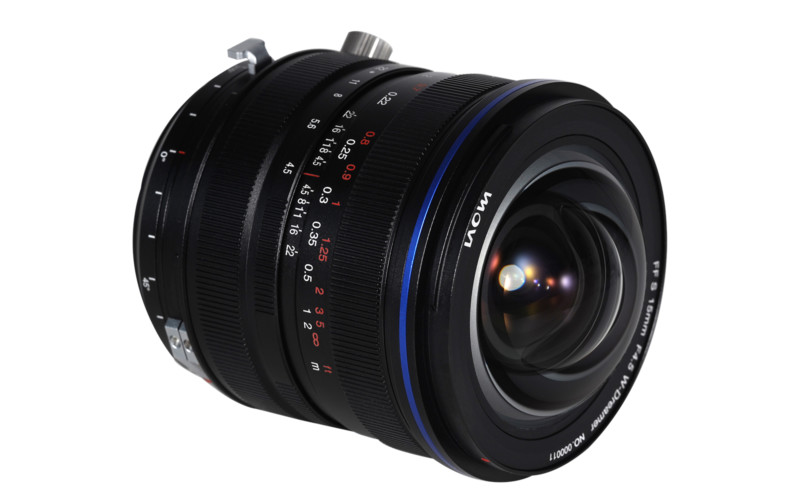
While using shift lenses in architecture photography is extremely common, many of those photographers are using high-end optics like Canon’s tilt-shift series for the EF mount. The Laowa isn’t cheap by any means, but it’s nearly half the price of a Canon equivalent: the Laowa 15mm f/4.5 Zero-D is $1,200 while the Canon TS-E 17mm f/4L is $2,150.
For those unfamiliar, shift lenses are a type of lens that allows you to adjust your perspective by manually shifting a lens up and down via a specific joint located in front of the flange. If you take multiple photos at different levels of shift, you can stitch the images together in post and effectively eliminate converging vertical lines. In short, shifting a lens can result in images with perfectly straight lines, which is ideal for high-end architecture photography.
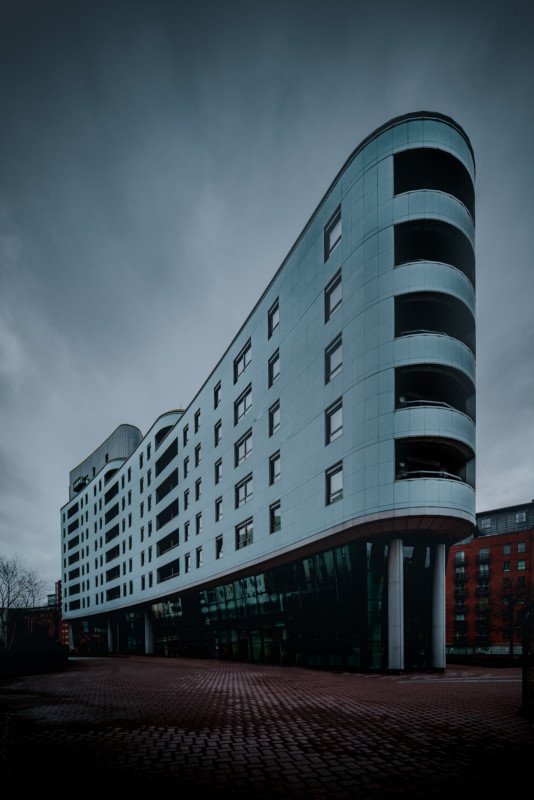
This is not to be confused with the tilt functionality of some lenses like the aforementioned Canon TS-E series. Tilting a lens moves the lens plane in such a way that it is no longer parallel to the image sensor and therefore changes the plane of focus. Tilting is what gives the “miniature” effect to well-known tilt-shift photos and videos.
In order for the Laowa 15mm f/4.5 to be valuable, it must therefore be a solid performer that gets “close enough” to the Canon TS-E lenses in order to both its reasonably high price for a third-party lens.
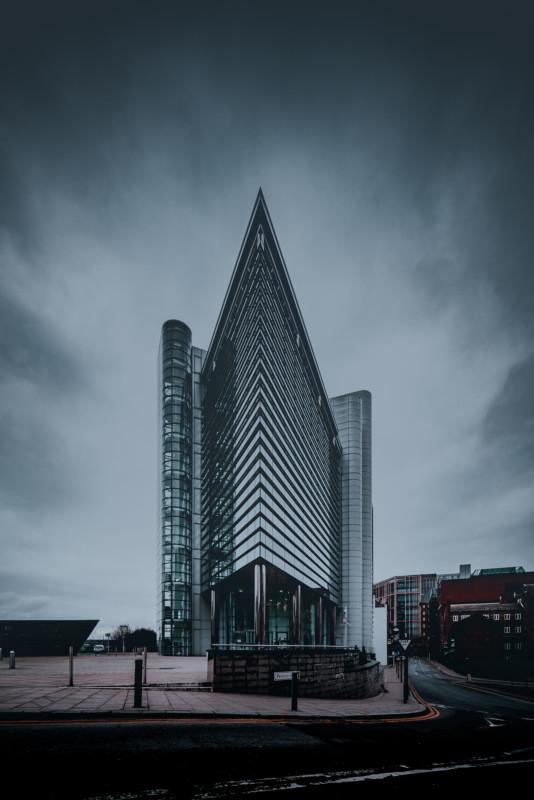
According to Manny, the lens does a very good job at hitting the most important aspect of a good shift lens: straight vertical lines.
“It produces superb quality: the sharpness is there from the center to corner, though you will see slight dropoff on the corners,” Manny says. “Because this is a zero distortion lens, you can hardly see any distortion within the image. All of the lines are almost perfectly straight.”
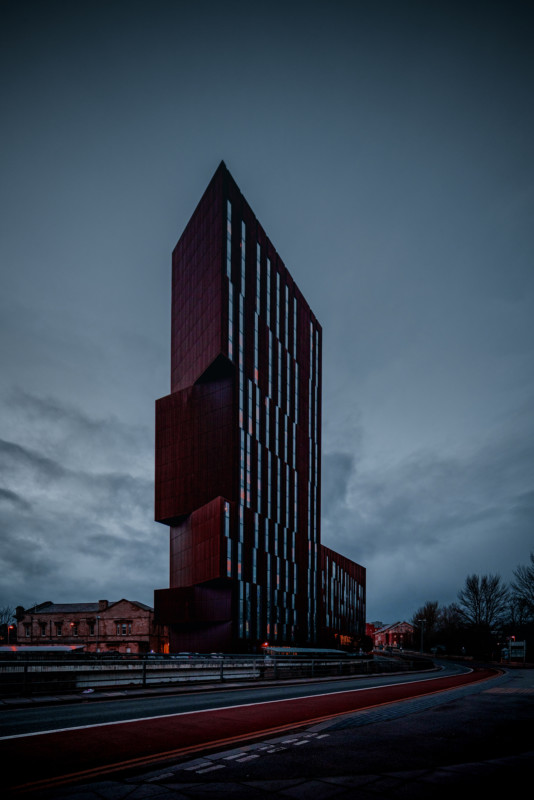
That said, there is one major downside to the lens according to Manny.
“When it comes to controlling lens flare, it’s not great,” he says. “Especially if you are shoot at night time and towards street lights, you will see a huge amount of lens flare and smear on the image, which is not ideal.”
Still, for half the price of a competitor lens, its usability during the day should be no problem at all according to Manny.
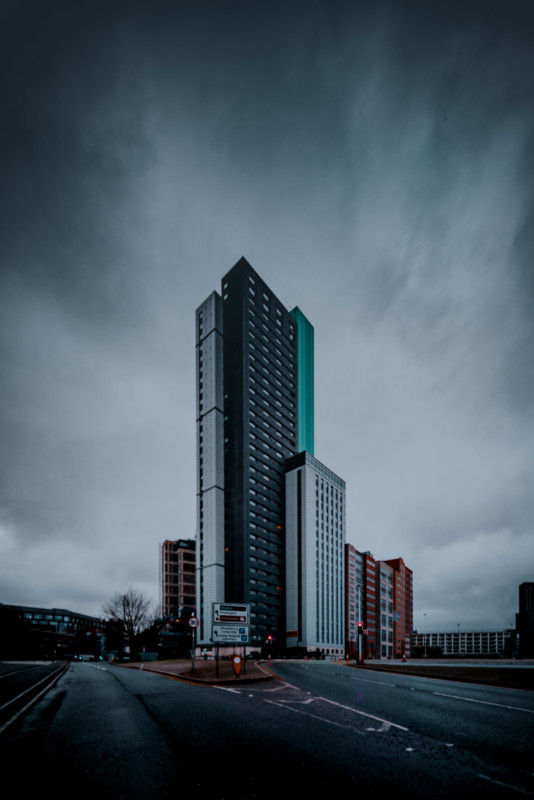
For more from Manny you can follow him on Instagram or subscribe to his YouTube Channel.
Image credits: Photos by Manny and used with permission.